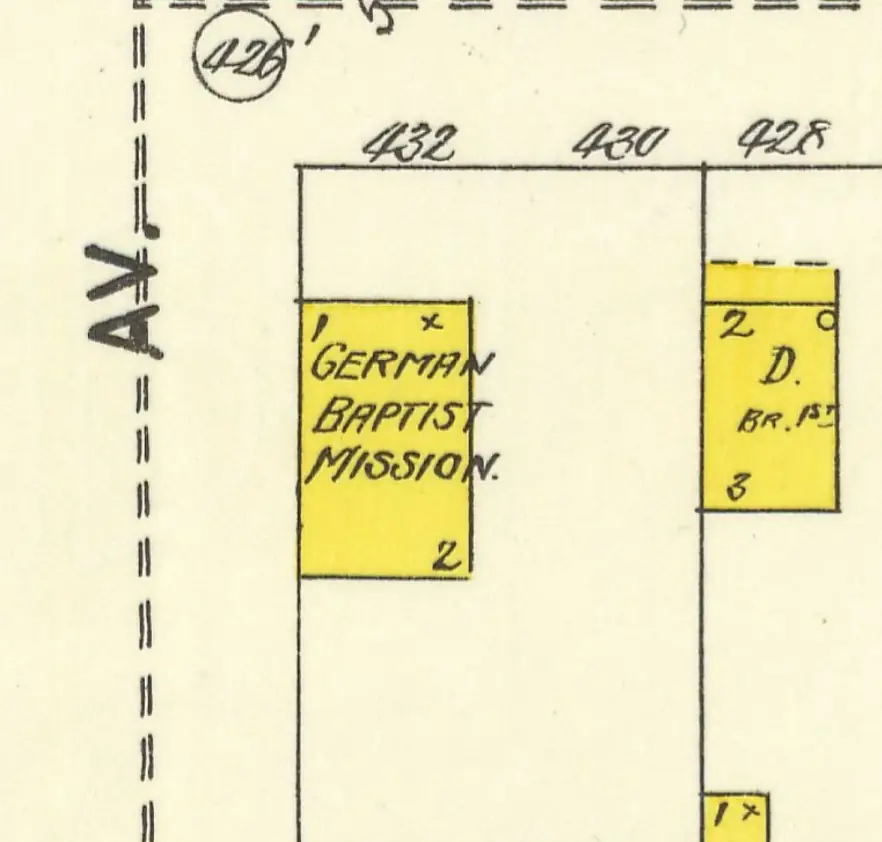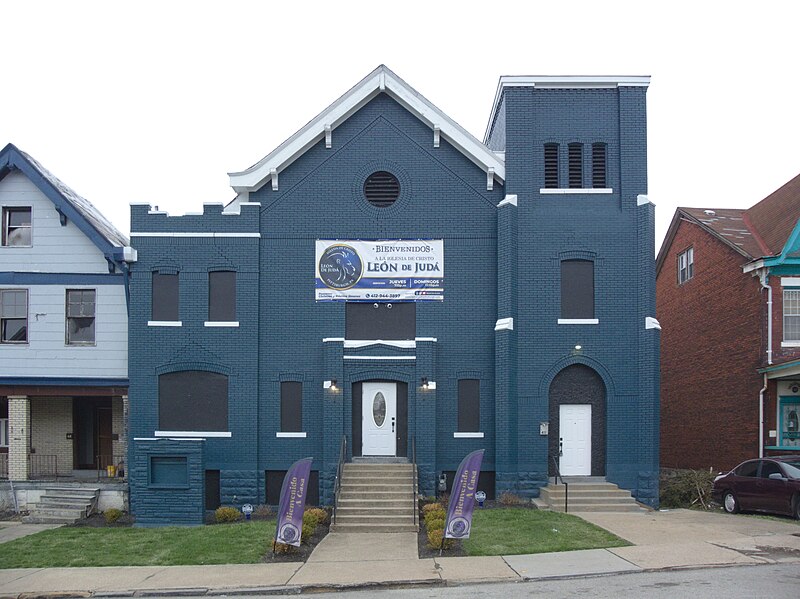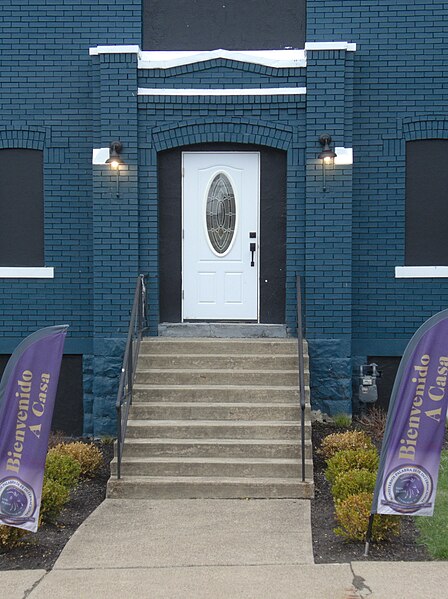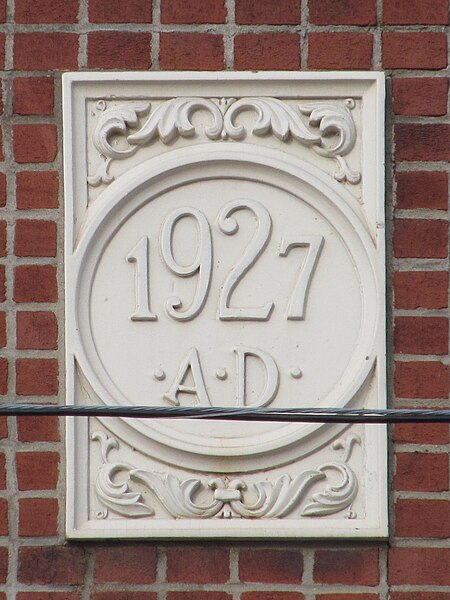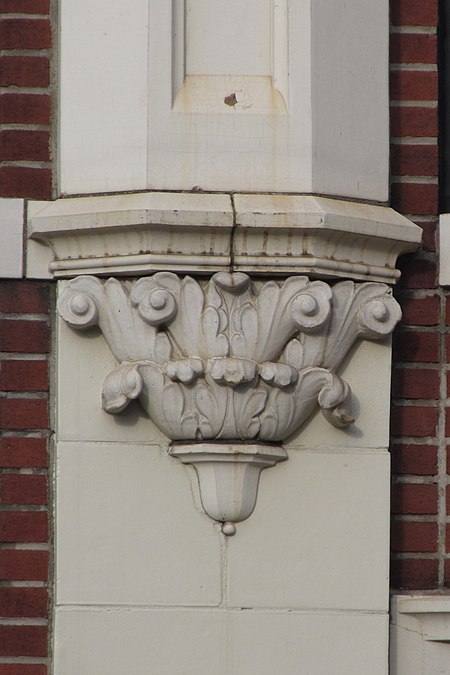
This row of houses is typical of Knoxville, which was an independent borough until 1927. Much of the borough was built up in batches by the Knoxville Land Improvement Company, which often laid down rows of nearly identical houses. They tend to become a little less identical as the decades wear on. These houses were probably built in about 1900 or so in a style we might call Queen Anne Lite. The porch roof and splaying wooden columns on the house below probably show us what all the other houses looked like before their porches were repaired or replaced.
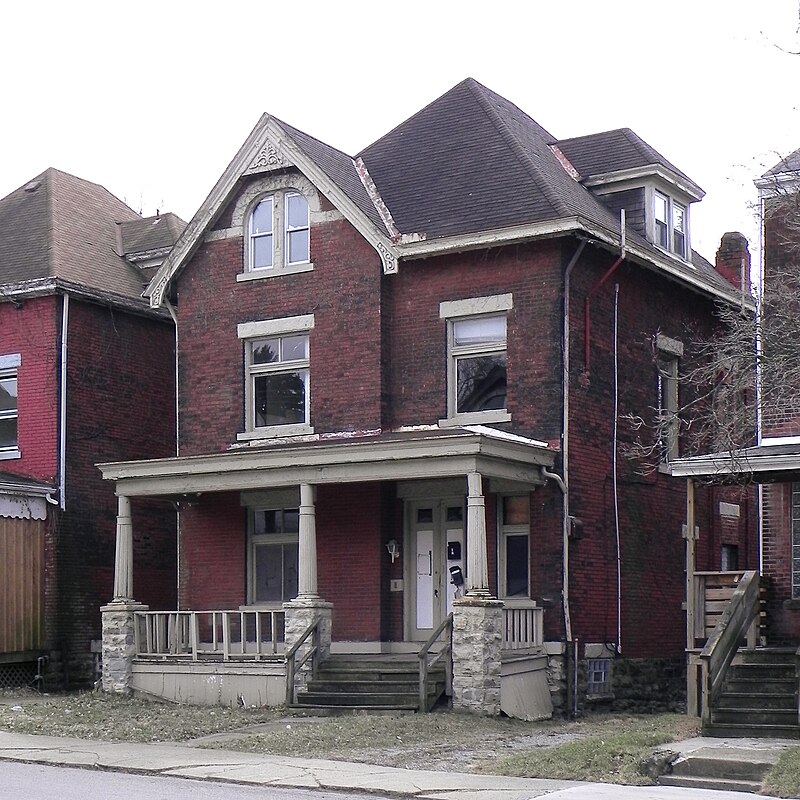
Comments


